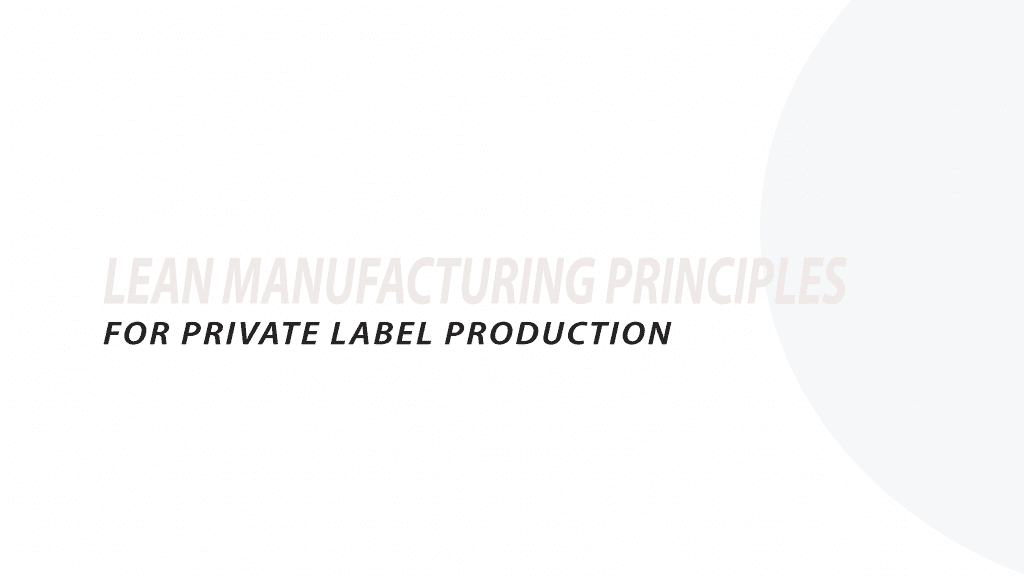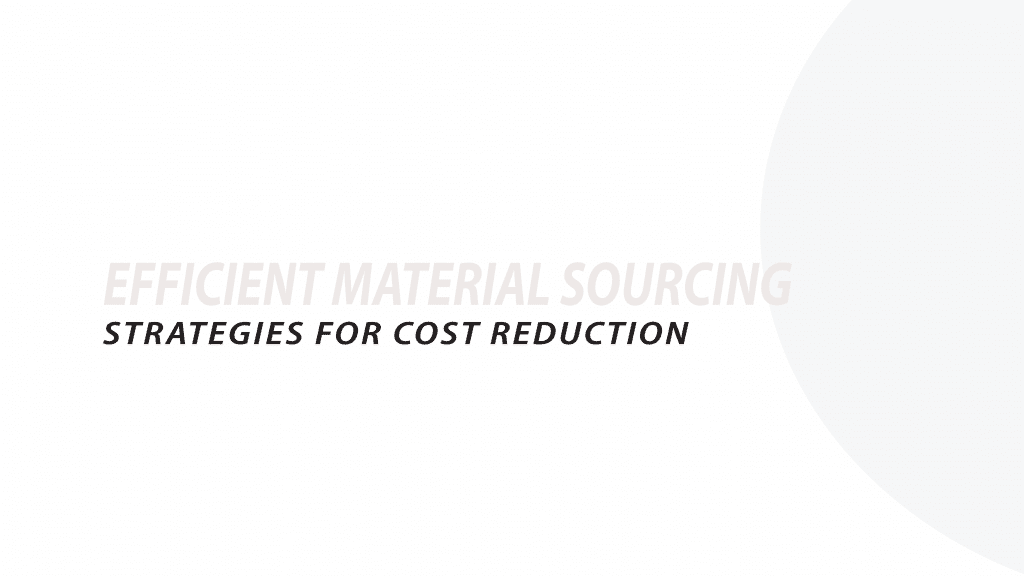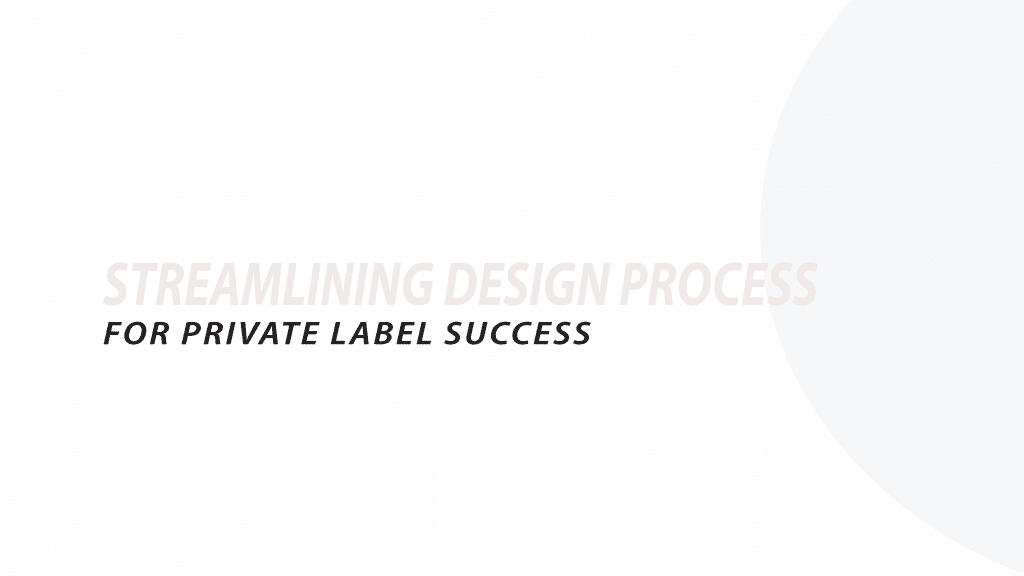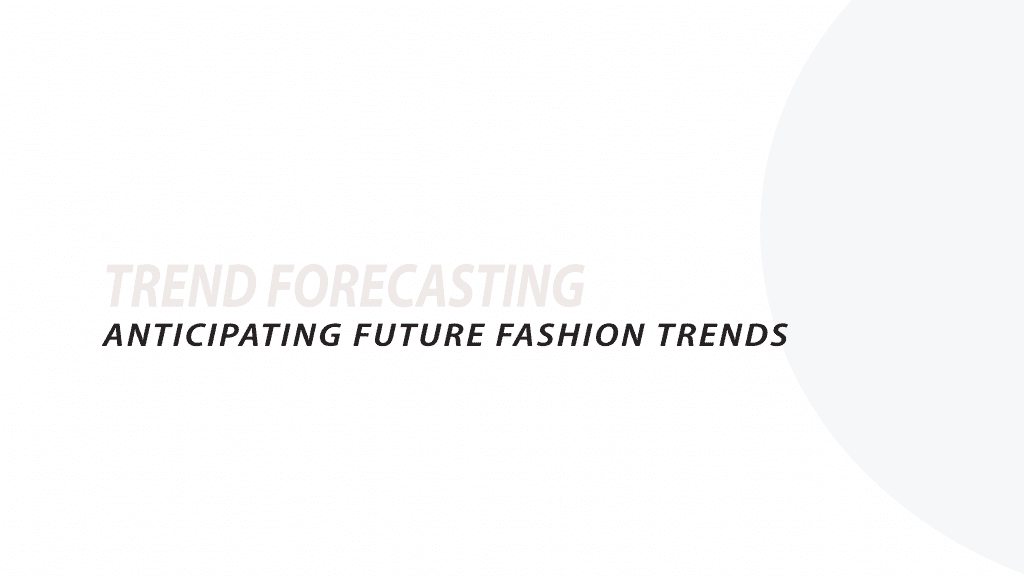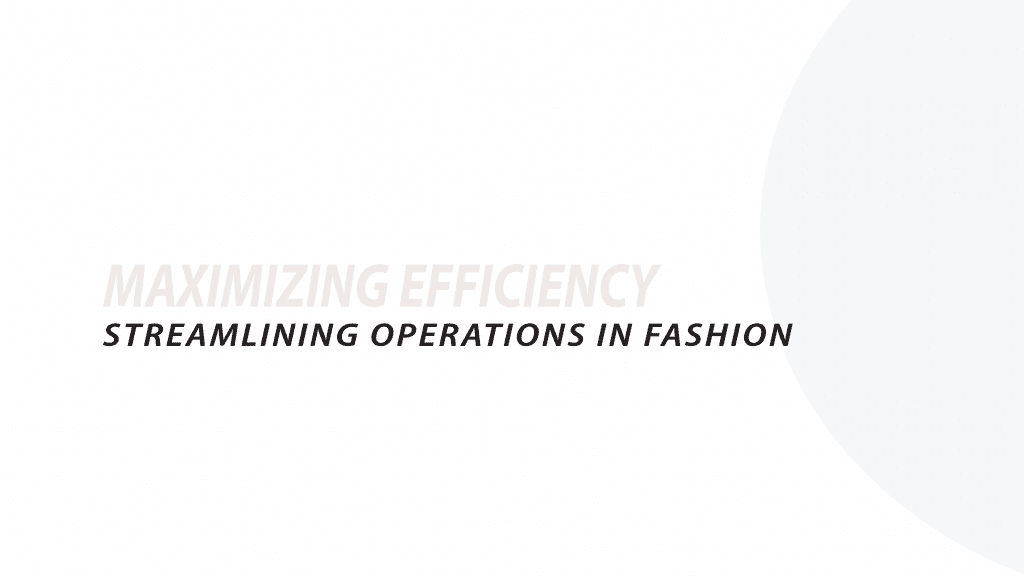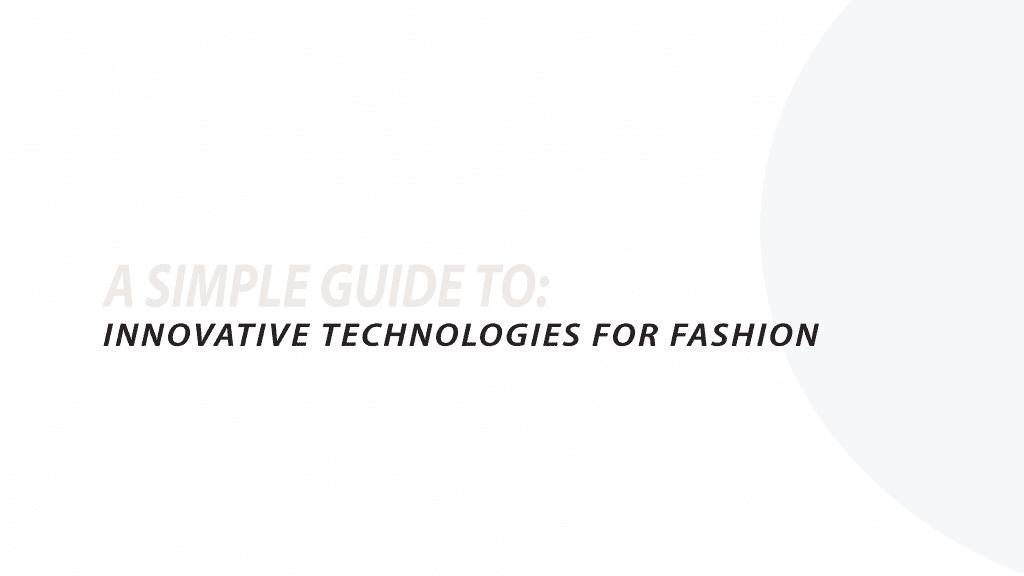I. Power Up Your Private Label: Efficiency Gains Through Lean Manufacturing The private label market thrives, capturing over 50% of the market share in many categories. This success hinges on several key factors: Cost-Effectiveness: Private label brands are able to drive cost of goods lower while increasing profit margin for the retailer. Enhanced Control: Retailers…
I. Introduction: Building Profitability Through Effective Sourcing in the Garment Industry The pressure is on for ready-garment brands. Soaring material costs, which can account for up to 70% of total production, threaten profit margins in a competitive market with ever-evolving consumer demands. But there’s a solution! Optimizing your material sourcing process is the key to…
I. Introduction to Private Branding Strategy Powered by Streamlined Design Have you been witnessing a remarkable rise in private label brands and planning to start yourself? These brands capitalize on the production expertise of established manufacturers to design, manufacture, and sell their unique product lines. Private branding strategy empowers retailers and fashion brands to carve…
Private label brands are products manufactured by one company to be sold under another company’s brand. These brands hold significant value for both retail companies and manufacturers. Retailers benefit from product margin growth by cutting out the middleman and increased control over product development and branding, while manufacturers gain a steady stream of production orders….
Introduction The fashion industry is a whirlwind of creativity, innovation, and fierce competition. For fashion businesses to thrive in this dynamic environment, anticipating future trends is no longer a luxury; it’s a necessity. Imagine possessing a crystal ball that unveils the clothing styles, colors, and fabrics consumers will crave tomorrow. Trend forecasting empowers you to…
Introduction Is your fashion business drowning in inefficiency? Behind the glitz and glam of runway shows lies a hidden battleground: operational chaos. Missed deadlines, frustrating stockouts, and skyrocketing costs can quickly unravel your fashion dreams. But wait! There’s a secret weapon: streamlined operations. At Yushkova Design, we’re a team obsessed with fashion industry efficiency. We’re…
Introduction: Fashion Redefined by Technology The fashion industry, once slow to embrace change, is undergoing a dynamic transformation fueled by innovation. New technologies are revolutionizing every stage of the fashion lifecycle, from design and production to customer experience and retail. At Yushkova Design, we are at the forefront of this exciting shift, harnessing the power…
The Best Guide for Sustainable Practices in Fashion The world of fashion captivates us with its ever-evolving trends and the promise of self-expression. But behind the glamorous facade lies a hidden truth: the fashion industry is a significant contributor to environmental pollution and resource depletion. At Yushkova Design, we believe fashion can be a force…
Targeting Trends : The Best Guide to Holiday 2024 Fashion Design The fashion world is all about new and exciting things! Every few months, fresh styles become popular and people love to buy them. Fashion brands need to keep up with these changes to stay popular and make money. At Yushkova Design, we understand the…
Fashion product development is crucial in the fashion industry. It involves turning creative ideas into actual products that appeal to consumers. This process has several stages, starting from getting inspired to creating high-quality items for sale both in physical stores and online. The importance of fashion product development cannot be underestimated. It shapes trends, establishes…

